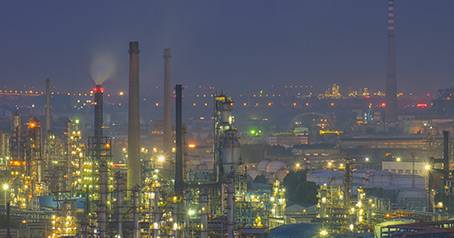Dec . 20, 2024 08:26 Back to list
Understanding PPR Hot Water Pipe Applications and Benefits in Plumbing Systems
Understanding PPR Hot Water Pipes A Comprehensive Guide
PPR (Polypropylene Random Copolymer) pipes have gained significant popularity in the plumbing industry due to their exceptional properties and versatility. Ideal for hot water applications, PPR pipes are increasingly used in residential, commercial, and industrial settings. This article delves into what PPR pipes are, their advantages, installation methods, and maintenance practices that ensure their longevity.
What are PPR Pipes?
PPR pipes are composed of polypropylene, a thermoplastic polymer widely recognized for its durability and resistance to heat. These pipes are manufactured using a random copolymer process that provides them with superior characteristics, making them suitable for both hot and cold water delivery. Their ability to handle high temperatures (up to 95°C or 203°F) makes PPR pipes a favored choice for hot water systems.
Advantages of PPR Hot Water Pipes
1. Durability One of the most notable advantages of PPR pipes is their durability. They can withstand high internal pressures and extreme temperatures without risk of cracking or breaking. This makes them ideal for heating systems and plumbing lines where hot water is regularly used.
2. Corrosion Resistance Unlike metal pipes, which are susceptible to corrosion over time, PPR pipes do not corrode. This property ensures a longer lifespan and reduces the need for frequent replacements, making them a cost-effective solution in the long run.
3. Lightweight PPR pipes are significantly lighter than traditional metal pipes. This facilitates easier transportation and installation, reducing labor costs and time.
4. Low Thermal Conductivity PPR is known for its low thermal conductivity, which means that it retains heat efficiently. This characteristic is particularly beneficial for hot water systems, as it minimizes heat loss during transit.
5. Non-Toxic PPR pipes are non-toxic and safe for potable water applications. They do not leach harmful chemicals into the water supply, ensuring safe and clean water for consumption.
ppr hot water pipe

Installation of PPR Hot Water Pipes
The installation of PPR pipes requires specific tools and techniques to ensure a robust and leak-free connection. Here’s a brief overview of the installation process
1. Preparation Measure and cut the pipes to the desired lengths using a pipe cutter. Ensure the cuts are straight to make proper connections.
2. Socket Fusion PPR pipes are typically joined using a method called socket fusion. This involves heating the ends of the pipes and fittings until they melt and then fusing them together. Once cooled, the joint forms a strong bond that is virtually seamless.
3. Expansion Joints For longer runs of piping, it is advisable to incorporate expansion joints to accommodate thermal expansion. This prevents undue stress on the pipes during temperature fluctuations.
4. Testing Once installed, the system should be tested for leaks. Pressure tests help identify any potential weaknesses in the network.
Maintenance of PPR Hot Water Systems
Maintaining PPR pipes is relatively straightforward due to their low maintenance requirements. Regular inspections should be conducted to ensure no mechanical damage occurs. While pitting and rust are not concerns, it’s imperative to monitor fittings and joints for any signs of wear or leakage.
Conclusion
PPR hot water pipes are a modern solution to plumbing challenges, offering durability, safety, and efficiency. Their functionality in high-temperature scenarios and resistance to common issues faced by traditional materials make them a smart choice for anyone looking to install or upgrade plumbing systems. With proper installation and maintenance, PPR pipes can serve reliably for many years, contributing to the effectiveness and efficiency of hot water distribution systems.
-
Durable PP Rigid Sheet: Lightweight, Chemical Resistant Solutions
NewsAug.21,2025
-
PVC Grey Sheet for Extraction: Chemical Resistant & Durable
NewsAug.19,2025
-
Durable PVC Pipe Fittings for Plumbing & Irrigation Needs
NewsAug.18,2025
-
HDPE Steel Belt Reinforced Spiral Corrugated Pipe | High Strength
NewsAug.17,2025
-
HDPE Pipe Fittings: Durable, Leak-Proof Solutions
NewsAug.16,2025
-
Premium CPVC Sheet: High-Temp & Chemical Resistant Solutions
NewsAug.15,2025

